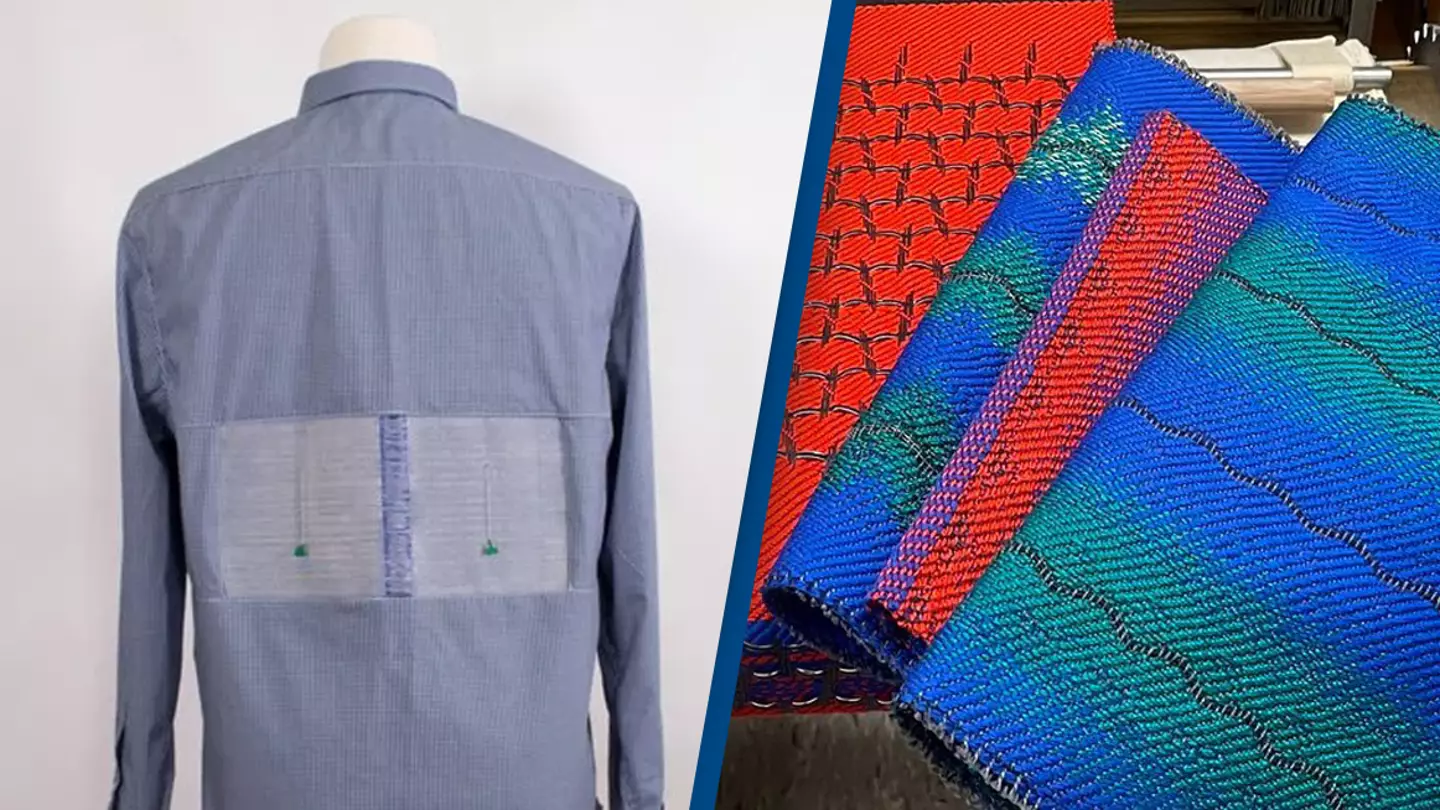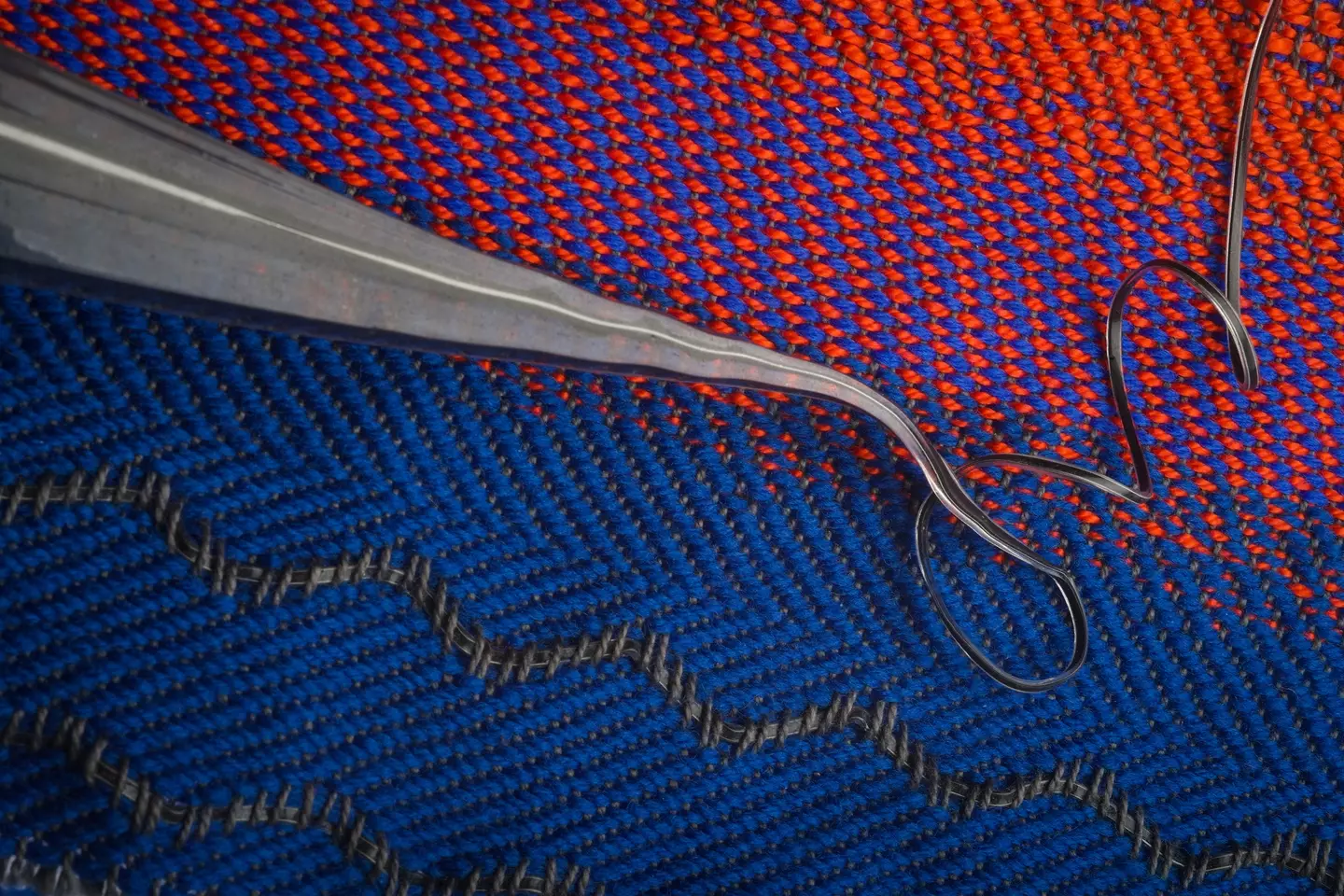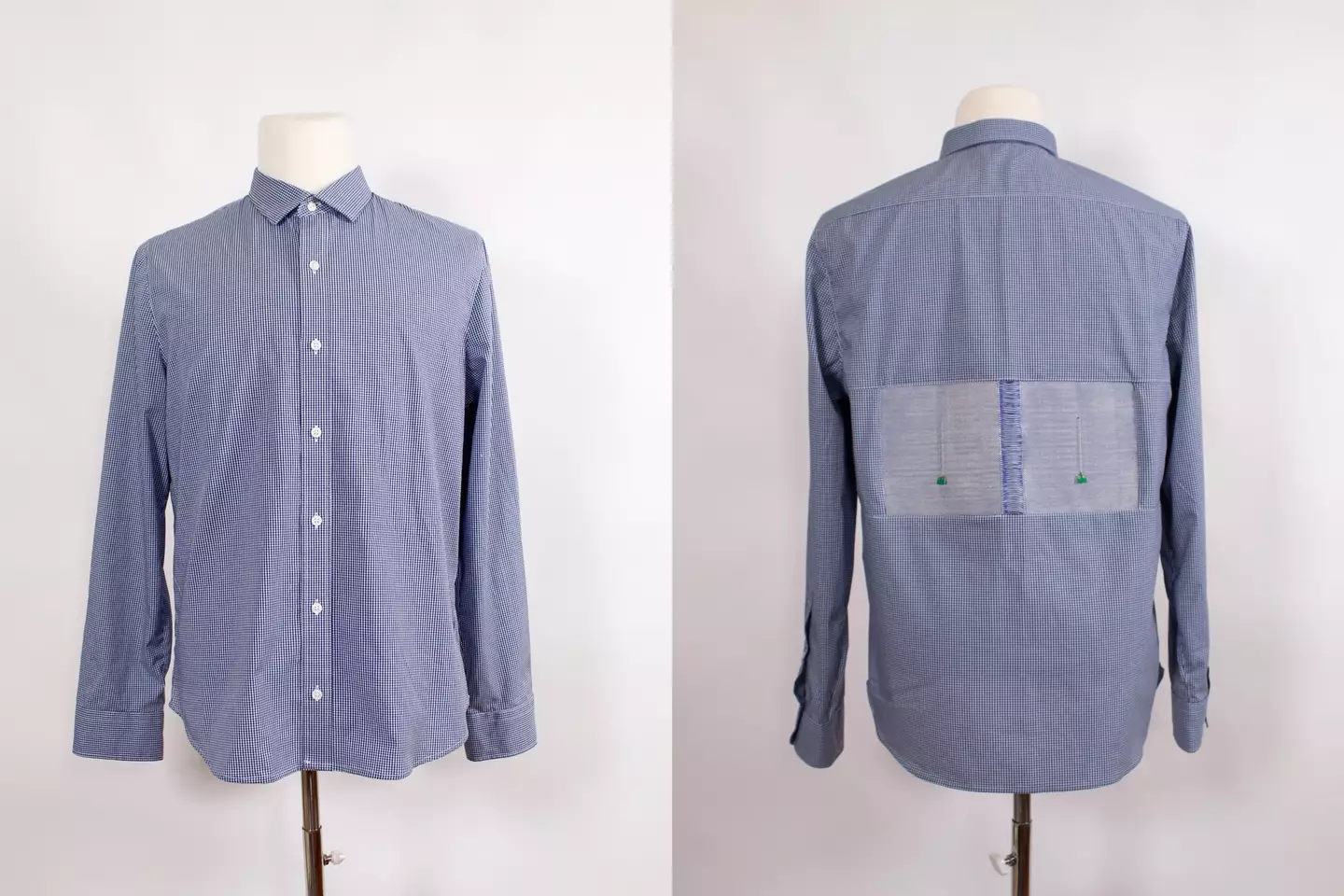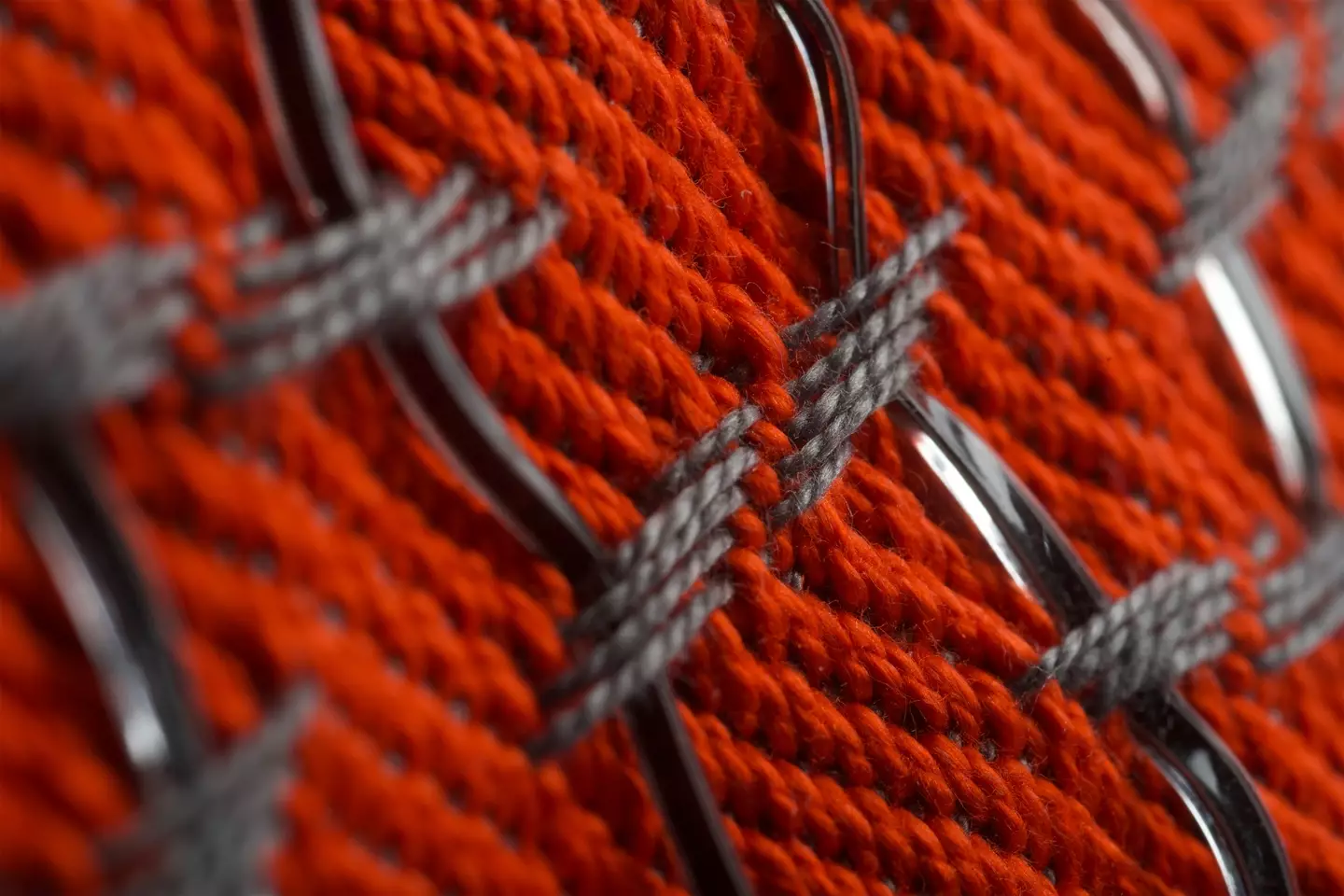
Researchers have created an 'acoustic fabric' which can detect your heartbeat.
While all fabrics respond to sound, the vibrations are usually far too small to be picked up, measured on a scale of mere nanometers.
However, this new fibre is different: it's flexible, and when woven into a fabric, it bends with the material like seaweed on the ocean's surface, capable of capturing formerly imperceptible signals.

Advert
The acoustic fabric was developed by engineers at MIT, alongside collaborators from the Rhode Island School of Design.
According to an MIT news release, the fabric works similarly to a microphone, 'converting sound first into mechanical vibrations, then into electrical signals, similarly to how our ears hear'.
Its designers used a 'piezoelectric' material in the fabric which produces an electric signal when bent or mechanically deformed, in turn converting sound vibrations into electric signals.
This fabric is capable of detecting all sorts of sounds, whether it's the croak of a cough in a quiet library, or the beeping, roaring cars in heavy traffic, or even a person's heartbeat - if the fabric was woven into the shirt, that is.
Advert

The team's findings with the fabric were detailed in a study published in Nature, with lead author Wei Yan hoping the material will have diverse uses.
"Wearing an acoustic garment, you might talk through it to answer phone calls and communicate with others," Yan, an assistant professor at the Nanyang Technological University in Singapore, said.
"In addition, this fabric can imperceptibly interface with the human skin, enabling wearers to monitor their heart and respiratory condition in a comfortable, continuous, real-time, and long-term manner."
Advert
The team looked to the human auditory system for inspiration, initially trying to create a fabric 'ear'. However, 'such a fabric would have to incorporate stiff, or high-modulus, fibres to effectively convert sound waves into vibrations', the news release explains.

From here, the team developed a layered block of materials known as a preform, made from a piezoelectric layer in addition to ingredients to enhance the material’s vibrations in response to sound waves.
When testing its sensitivity to sound, the material 'vibrated and generated an electric current proportional to the sound played'.
Advert
"This shows that the performance of the fibre on the membrane is comparable to a handheld microphone... it feels almost like a lightweight jacket - lighter than denim, but heavier than a dress shirt," Grace Noel, a co-author on the study, said.
However, its applications could, and should go beyond clothing. "It can be integrated with spacecraft skin to listen to [accumulating] space dust, or embedded into buildings to detect cracks or strains," Yan said.
"It can even be woven into a smart net to monitor fish in the ocean. The fibre is opening widespread opportunities."
If you have a story you want to tell, send it to UNILAD via [email protected]
Topics: Science, Technology, Fashion